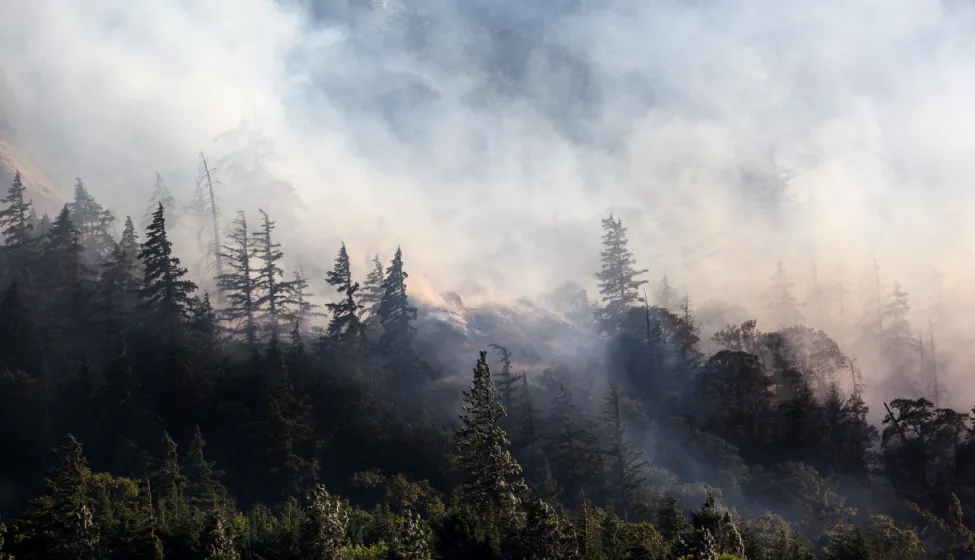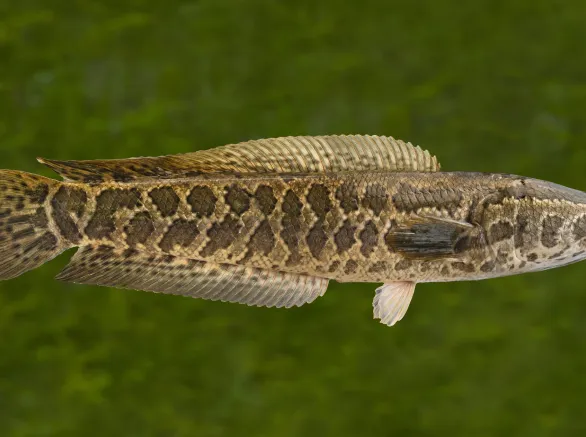November 18, 2021
How changes in biodiversity following a wildfire affect natural resource damage assessments
Following oil or chemical spills, natural resource damage assessments (NRDAs) commonly use a tool called habitat equivalency analysis (HEA) to quantify reductions in ecological services. In these conventional toxicity applications, the HEA model incorporates a decrease in services immediately following an incident and then a gradual recovery to pre-incident baseline.
As the frequency and intensity of wildfires in the United States have grown, this model is increasingly being applied to assessing ecological damages from wildfires. Wildfires, however, can benefit and improve ecological services in ways that chemical and oil spills do not. Forests that are subject to frequent, mixed severity fires support diverse plant and wildlife communities not found in unburned, mature forests. When overly dense forests burn and are allowed to recover under a natural fire regime, the resulting landscape is likely to support higher diversity than the pre-fire forest.
While scientists are increasingly recognizing that diverse fire regimes (pyrodiversity) promote greater biodiversity in ecosystems, these findings are slow to be incorporated into liability assessments. Considering the ecological services provided by regrowing and maturing habitats can help to more accurately calculate the ecological impacts of wildfires and guide appropriate restoration planning.
Forest management & pyrodiversity
Before active forest management in the 1900s, frequent natural fires of variable severity facilitated the development of a patchwork of habitats that were healthy and resilient. This landscape mosaic of meadows and early- to late-stage forests provided a variety of habitats for different species of flora and fauna, some of which depend on a specific habitat stage.
For example, the black-backed woodpecker has become rare in California's Sierra Nevada range because fire suppression has reduced the extent of its primary habitat — early successional burned forests with an abundance of standing dead trees.
Over the past century, fire suppression practices in the western United States have created overly dense forests in place of the natural patchwork of more diverse plant habitats.
Today's unnaturally dense forests are more susceptible to climate-change related drought and bark beetle infestations, resulting in more homogenous landscapes with greater accumulated fuel loads and encouraging more frequent, more intense, and more widescale wildfires.
Incorporating the science into the legal process
Despite the current trend of high-intensity fires, wildfire is a natural process that is necessary to restore and maintain healthy and diverse forest habitats. Legal claims for lost ecological services following wildfires should be carefully reviewed not only for how baseline conditions are considered but also for how the recovering landscape may support greater biodiversity. This is important for determining both the types and amount of habitat restoration needed.
The assumption of a gradual recovery to maximum services concurrent with return to a pre-fire climax forest habitat likely fails to completely capture the service flows from early and intermediate habitat stages. In some cases, re-establishing a forest cultivated by a natural fire regime will provide greater ecological services than the pre-burn forest, a factor that should be accounted for in a HEA model. Benefits flowing from increased habitat heterogeneity could, in some cases, offset some losses that may have occurred during the fire, and patches of low-intensity burns may reduce the need for future prescribed burns or other fuels management in the area.
A traditional HEA approach would not be suitable for quantifying service losses following a forest fire since it does not account for the important biodiversity services provided by habitats created immediately post-fire. Furthermore, post-fire management options, such as salvage logging, snag removal, and re-planting, may decrease the biodiversity of these early successional stages by inadvertently suppressing and slowing natural recovery.
Properly applied, HEAs can be developed to calculate ecological damages of a forest fire by tracking the variable trajectories of service flows (e.g., biodiversity) as habitats regrow and mature to ensure that total service losses are not over-estimated and to more accurately determine restoration requirements.
How Exponent Can Help
Exponent offers strategic, multidisciplinary environmental consulting, including NRDA consulting, to public and private sector stakeholders seeking to understand the environmental impacts of wildfires and in planning and performing appropriate scientifically valid investigations leading to practical and equitable settlements. We assess and advise on the range of technical issues involved in NRDA and other environmental matters from injury assessments to restoration planning. Our broad expertise across numerous engineering disciplines, public health, ecological and environmental sciences, hydrology, natural resource damage assessment, and restoration and mitigation analysis gives our clients access to an unparalleled wealth of skills and resources that can help build unique solutions to unprecedented challenges.



